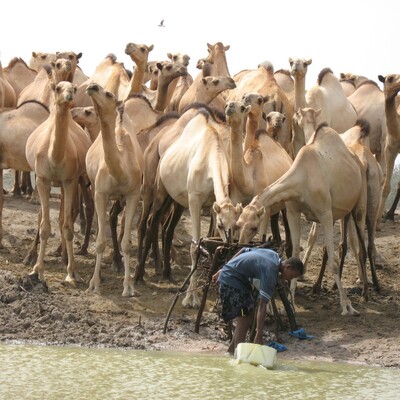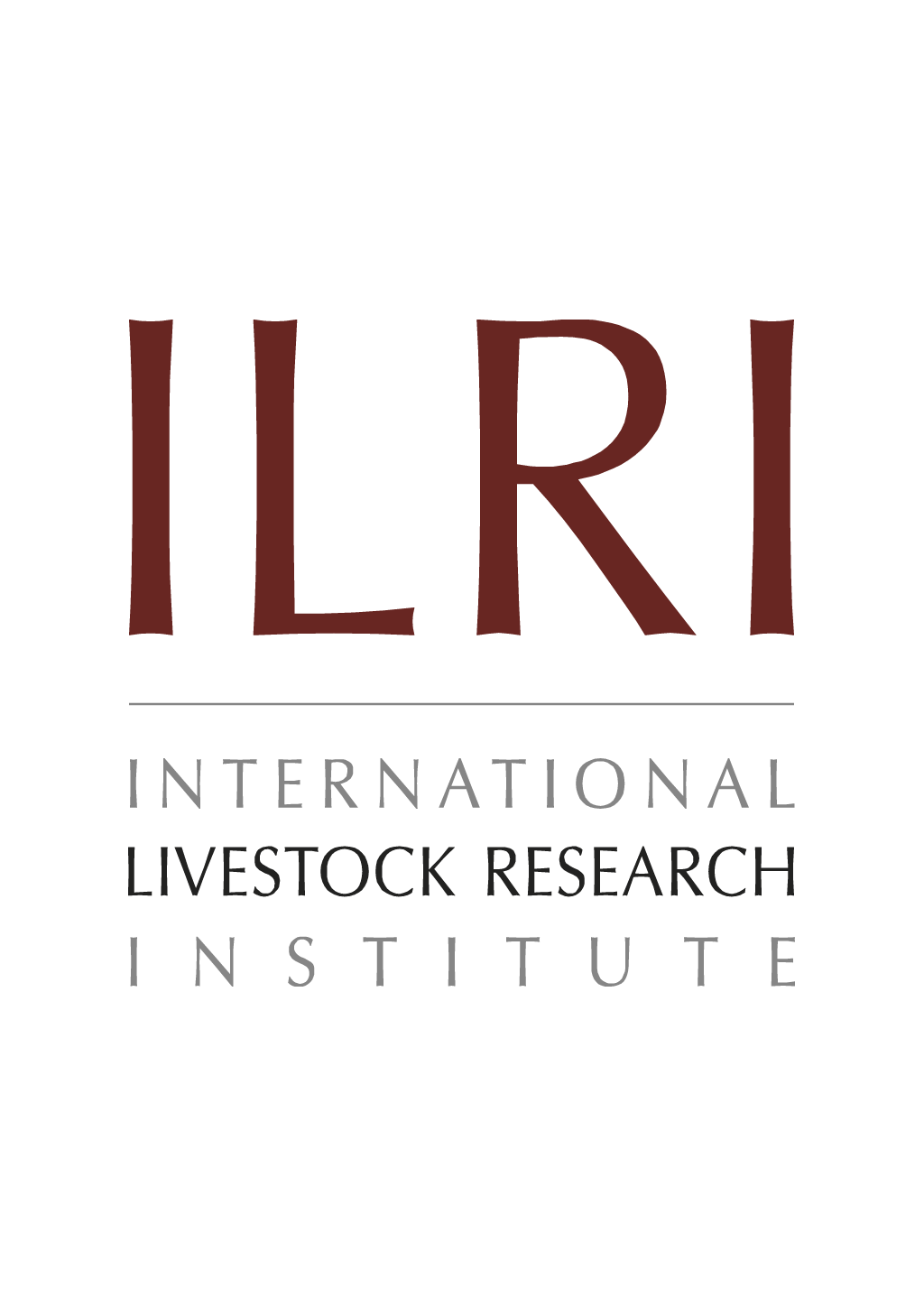
Human population growth and the extinction of the tsetse fly
Abstract
Agricultural expansion is a major cause of biodiversity loss worldwide. In Africa, biologists have observed that the populations of some tsetse species, which transmit human and livestock trypanosomosis, decline or disappear as human populations grow and farmers clear fly habitat for cultivation. The objectives of this paper are to synthesize the available information concerning human and tsetse populations and to develop a model to estimate the future effect of human populations on tsetse populations. A spatial, GIS model was developed to estimate future impacts using a combination of fine-resolution human population data for the years 1960, 1980, 2000, 2020, and 2040; field data on the relationships between human and tsetse population densities; and the distribution of different types of tsetse fly. By 2040, many of the 23 species of tsetse fly will begin to disappear and the area of land infested and number of people in contact with flies will also decline. However, none of the species of flies will be under threat of extinction by human agricultural activities in the near term. An area of Africa larger than Europe will remain infested by tsetse and under threat of trypanosomosis for the foreseeable future.
Citation
Agriculture Ecosystems and Environment;77(3): 227-236










